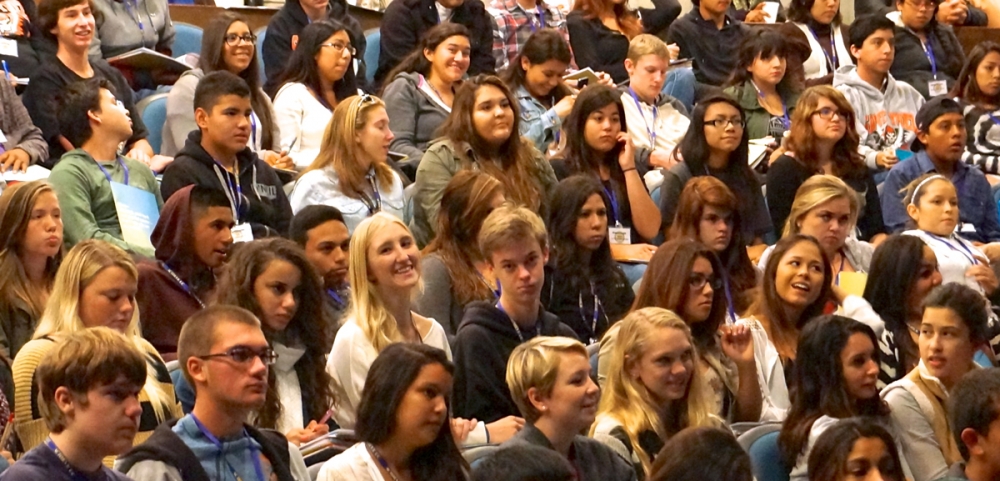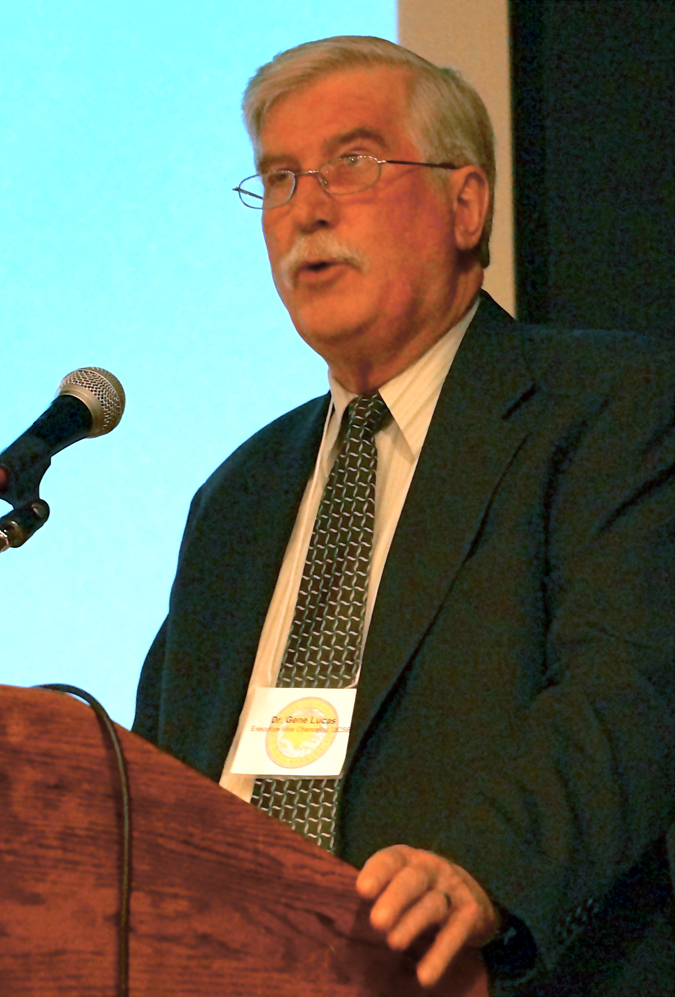
Achieve UC Comes to Santa Ynez Valley


(Santa Barbara, Calif.) — Over a hundred college hopefuls poured into the Santa Ynez Valley Union High School Thursday morning to hear UC Santa Barbara Executive Vice Chancellor Gene Lucas and other UCSB representatives tell them that higher education is attainable — if they start now.
“We’re here to convince you that there’s a place for you at the University of California,” said Lucas. His words of encouragement were part of the second annual Achieve UC, a systemwide effort to assure California high school students that they do have access to a university education. “You do your part — study and apply yourselves — and we’ll do ours.”
The morning’s event also included an appearance from California Assemblyman Das Williams and comments from Santa Ynez Valley Union High School principal Mark Swanitz. After the assembly, breakout sessions assisted students with specific questions about their path toward a university education.
“It’s never too early to think about what you want to do,” Swanitz said. Gone are the days when newly graduated would-be college students could luck into a university education. These days students have to plan and strategize their way through a large and competitive pool of applicants to attain their higher education.
Given the state and national economies, both of which were dealt staggering blows in recent years, as well as job losses and rising costs of living, investing in a college education can be a daunting prospect. But, said assemblyman and UCSB alum Williams, it’s still one of the best bets young Californians can make for their future.
“In California we have the best higher education system in the world,” he said. A high school dropout who worked his way through community college and eventually university, Williams offered bits of advice from his own experience as a student and also as chair of the California Assembly’s Higher Education Committee. More than fees, living expenses are the greater determining factors of the cost of higher education, he said.
Thus, he told the audience, staying closer to home could defray costs. Additionally, finishing in a short amount of time could also diminish the cost of university education, and increase the availability of courses for incoming students.
While the talks were aimed at all interested students, they were geared specifically toward those for whom a university education might not be an obvious option, even during better economic times: students who come from non-native English speaking homes; those with financial disadvantages and especially those who would be the first in their families to pursue a college degree. Speakers like Adrienne Arguijo-Morgan, program coordinator for the Pathways Program, offered information on academic preparation and the application process. Grades are important, as the UC system is inclined toward considering the cream of the crop when it comes to scholastic achievers. However, she said, high achievers are more the norm in an increasingly competitive pool of prospective students, so UC also seeks out those that shine outside of the classroom.
“It’s really important that you be as diverse as possible,” said Arguijo-Morgan. Extracurricular activities that demonstrate longevity and commitment make students more attractive for UC admission, as are experiences that provide perspective and depth regarding the prospective student’s life.
For those in tight financial circumstances, the Blue and Gold Opportunity Plan is available. This relatively new program pays the entire tuition bill for students whose families earn less than $80,000 per year. Coupled with available scholarships, speakers said, qualified students could attend the University of California with few out of pocket expenses. On the state level, lawmakers recently added a new middle-class scholarship that would slash tuition for students from middle-income families by almost half.



